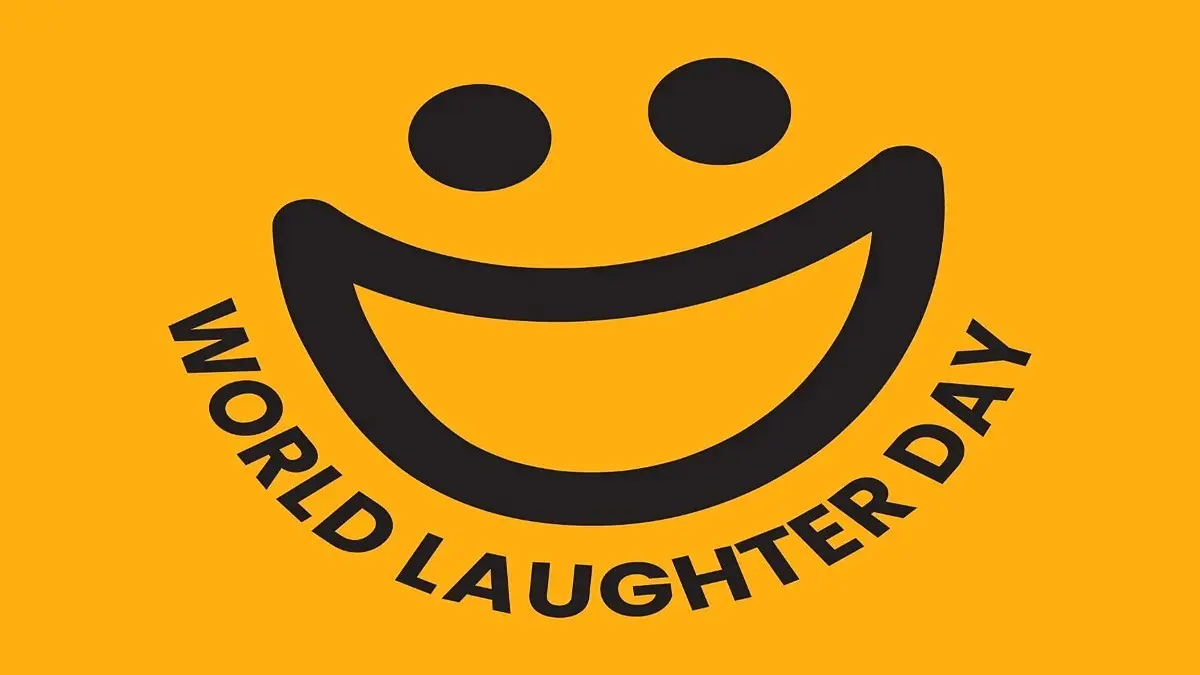Updated 4 May 2025 at 20:09 IST
World Laughter Day 2025: Here's The Top 10 Animals That Laughs Like Humans
On this World Laughter Day, know about The Top 10 amazing animals that laugh like humans.
- Lifestyle News
- 3 min read

Every year on the first Sunday of May, we celebrate World Laughter Day. The day aims to raise awareness about the countless benefits of laughter. It encourages us to relax, laugh freely, and participate in some laughter exercises. Laughter plays an important part in our day-to-day lives. World Laughter Day can be celebrated in many ways, i.e. joining laughter clubs, sharing a good laugh with family and friends, posting humorous content, i.e. videos or memes. World Laughter Day is not for humans only, but also for animals. There are multiple animals whose laughter is similar to human behaviour. Their gigles, chirps and sounds are just like us.
The official World Laughter Day 2025 Suggested Theme : "Health, Peace and Happiness”

World Laughter Day is not just for humans, but also for animals. Many animal species laugh just like human beings, including chimpanzees, elephants , dogs, dolphins, and even rats.
Here's The Top 10 Animals that Laugh Like Humans.
Chimpanzees: are the closest to humans, not only in their behaviours, expressions, and habits, but also in their laughing sounds when the chimps are happy and playful. Their sound of laughter is very close to human beings.
Advertisement
Dogs: just like humans, dogs show smile and laugh by showing the teeth when they are playful, happy or overexcited. This initiates they are playful and promoting pro-social behaviour.
Elephants: express their joy and excitement through the sounds they make, which resemble a lot like humans.
Advertisement
Dolphins: show the affection by making an adorable face, smiling and a perfect curve on their face. In fact, when they are happy, they whistle and click just like humans to indicate that they feel pleasant and non-threatening.
Rats: when tickled by humans, make a chirping sound. The chirping sounds are just like human laughter.
Key Parrot: makes a unique warbling sound during play that seems to encourage other keas to participate.
Hyenas: laughter is extremely similar to humans; their giggle and chuckle show they are having fun.
Gorillas: laughter is similar to humans; their sounds during play or tickling are believed to reflect their enjoyment and social bonds.
Penguins: laughter sounds during interactions resemble just of humans, i.e. chuckling, particularly during playful bonding behaviours.
Orangutans: also have a similar emotions, expressions and behaviour just like human beings. They smile, chuckle and sometimes break into hilarious sounds just like human beings.
How people observed World Laughter Day
Join Laughter Yoga Club: Attend a public laughter session online or offline.
Host a laughter Challenge: Encourage your family members or friends to laugh together for some minutes.
Share Funny Content: Post humorous content, i.e. videos or memes that spread smiles.
Create Laughter Day Posters: Make a positive festival poster to create cheerful posters and quotes.
Laugh out with loved ones: Spend some time with your family and friends to share a good laugh
Why World Laughter Day is observed
The significance lies in its universal appeal- laughter breaks barriers, and it promotes emotional and mental well-being. Specifically in today’s fast-paced world. A few moments of laughter can make a big difference. It helps in reducing stress, relieving tension, strengthening connections with others and boosting our emotional overall well-being. Globally promotes unity and friendship through laughter, which is a key objective of this event.
The World Laughter Day was initiated in Indian in 1998 by Dr. Madan Kataria, who was the founder of this laughter yoga movement. Kataria wants to prove this theory that laughter helps in reducing stress and makes life easier. He drew the inspiration that suggests the facial expressions can influence emotions, and made a facial hypothesis, which suggests that facial gestures and expressions can influence emotions, to encourage the Laughter Yoga movement.
Published By : Nimakshi Chanotra
Published On: 4 May 2025 at 16:07 IST
